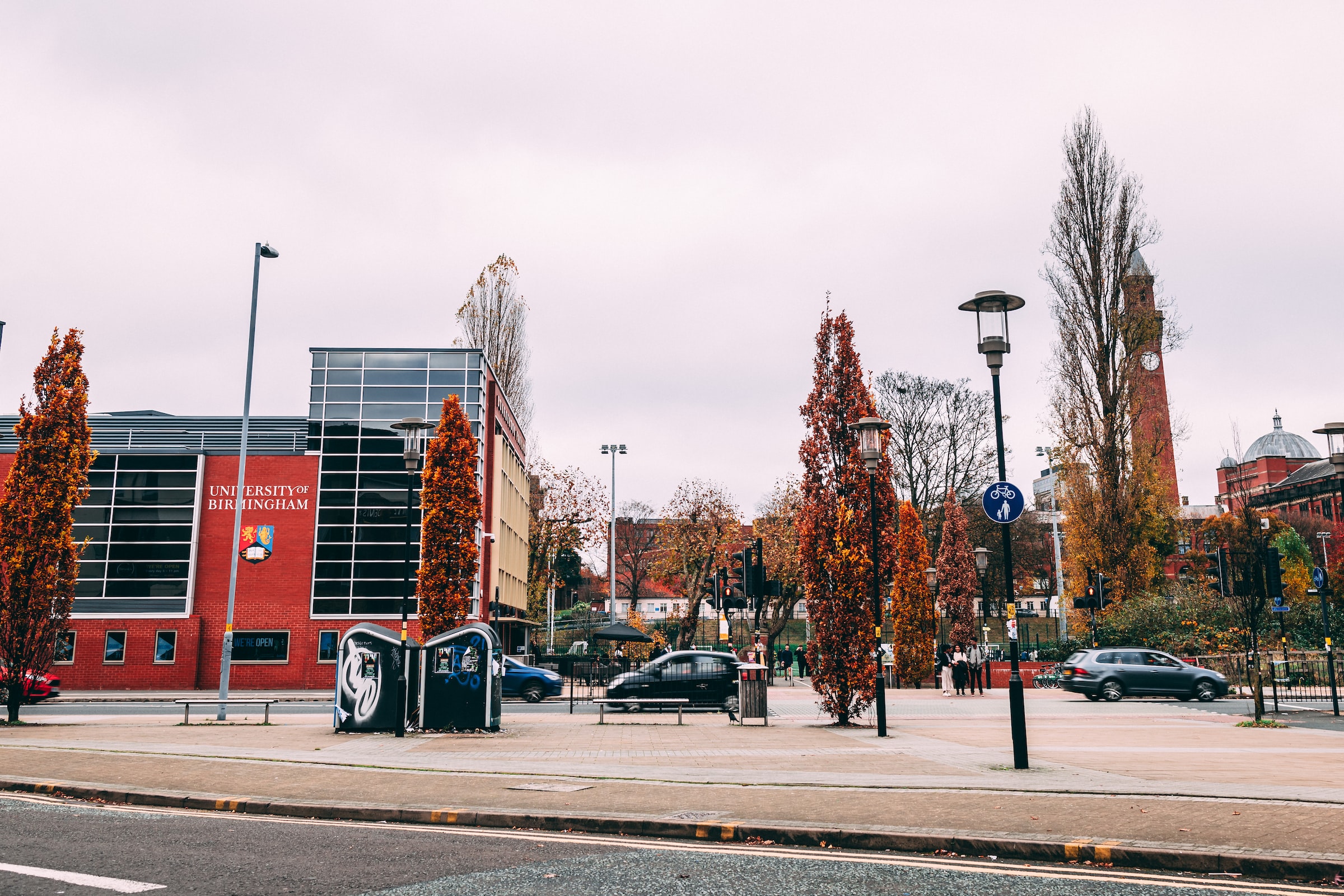
Comment Editor Alice Macfarlane argues that whilst social media can help to open up important conversations about mental health, it may also be a key factor in their misrepresentation
Mental health and the media have always had a turbulent relationship. Whether it be in film, television, books or news outlets, there is a long history of stigma, stemming from the exaggerated, inaccurate and often comical images they use to portray those with psychiatric disorders. Undoubtedly, the way we reflect mental health issues in the media has come a long way over the last few decades, but can we confidently say that they aren’t still misrepresented? I don’t think so.
The misrepresentation that I refer to here differs from the derisive depictions of former years, in fact, it is the complete opposite, with certain mental health issues becoming romanticised and even celebrated online. This movement, that has grown alongside social media networks over the last decade, is referred to by health professional Adita Verma as ‘beautiful suffering’. It takes just a few seconds and a quick search of words such as #depression and #anxiety on Instagram to be faced with an excess of 30 million posts, largely from accounts that are specifically dedicated to the subject. Amongst this array of photos, you can find a mixture of motivational quotes, selfies and memes, the latter being something that I particularly take issue with.
“No subject is exempt from being ‘meme-ified’
Meme culture is a phenomenon that has been nurtured and spread by our generation of social media users, and no subject is exempt from being ‘meme-ified’. In a trend that has swept the internet, particularly the twittersphere, memes are increasingly being used to self-depreciate in a ‘quirky’ or ‘relatable’ way. The consumption and distribution of these memes takes all but a few seconds: you see a meme, it makes you laugh, you feel comforted by the responses from people who feel the same way, you like, you share, you scroll. Simple as that. But it is with the regular occurrence of these little moments, that a comical representation of mental illnesses becomes normalised. Those who are suffering begin to feel a satisfaction at being part of this community, or worse still, those who aren’t, desire to be part of the club, ultimately resulting in millions of likes and shares around the globe.
“Memes are increasingly being used to self-depreciate in a ‘quirky’ or ‘relatable’ way
The aforementioned ‘beautiful suffering’ movement, approaches the subject in a different way, but largely to the same effect. Born out of the aesthetic depths of Tumblr, users began sharing images and quotes that depict mental health issues in a ‘beautiful’ way. These dark-filtered images aim to appeal to a sort of ‘Lana Del Ray’ aesthetic, that is, an aesthetic based upon ‘maintaining a level of physical beauty through a narrative of (but not limited to) abuse, suicidal ideation, and melancholy’. This ultimately romanticises issues such as anxiety and self-harm, and even presents them as desirable.
“The sense of community derived from…sharing these images online, becomes enjoyable, and even addictive
With Instagram banning graphic images of self-harm on their site back in February 2019, a ban that is now extended to cartoon images as well, some steps have been taken to censor the images we see online. However, with the simple search of key words bringing up millions of posts in an instant, and meme culture becoming increasingly interwoven into our social media lives, one can’t help but wonder if enough is being done to stop the misrepresentation of mental illness on social media. Without a doubt, the effect of social networks has not been an entirely negative one, with platforms being used to open up the conversation about mental health and transform it from the taboo subject that it once was. With the spread of awareness of things like #worldmentalhealthday and #mentalhealthawarenessmonth, it remains true that finding a sense of community within mental health issues isn’t necessarily a bad thing. As usual, social media can be both a blessing and a curse, but with its irrevocable presence in our daily lives, we need to focus on real representations of mental illnesses, the good, the bad, and the ugly too.
Comments